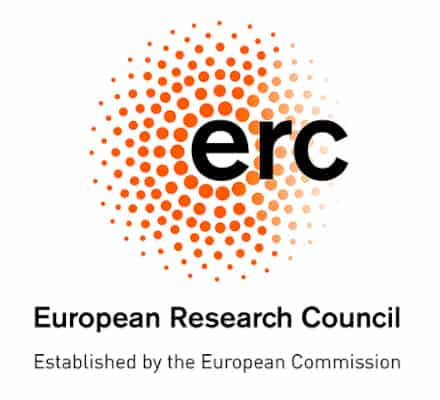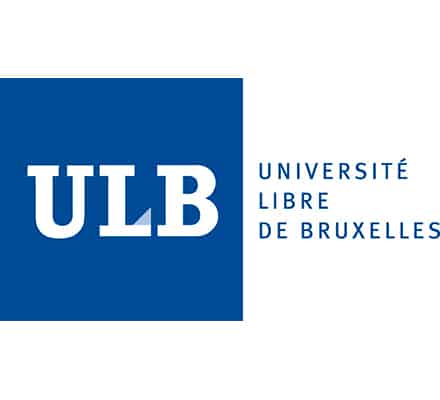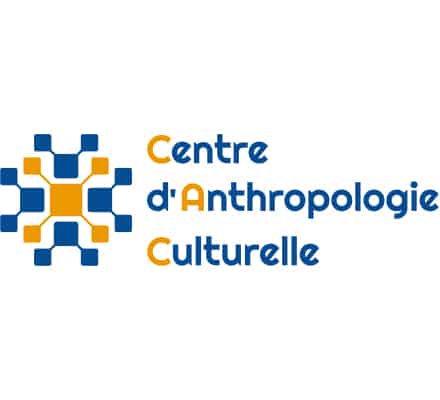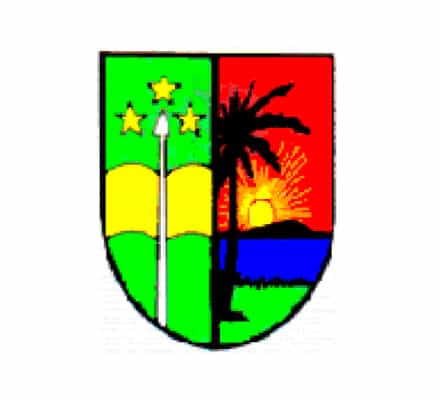Linguistics
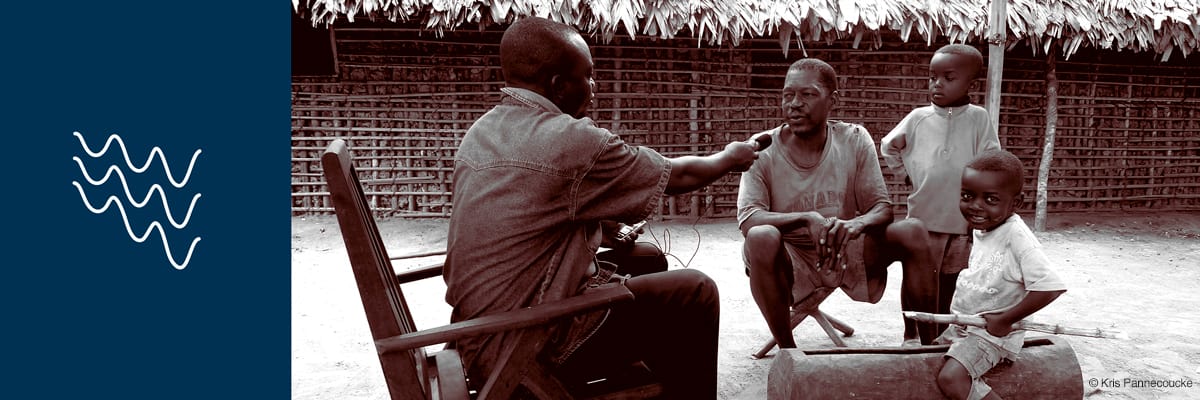
The linguists examine the settlement history of speech communities in the eastern Congo Basin with special focus on the Bantu Expansions, subsequent language contact, and the history of the Bantu river repertoire.
At the heart of the eastern Congo Basin, just north of the rapids where the Lualaba becomes the Congo River, lies Kisangani, the DRC’s third city. The city and its surroundings literally form the crossroads of several Bantu subgroups (Congo Basin/West, Central/East, Boan (?), Lebonya (?)) and an Ubangi language (Mba). The wider region is even more diverse, with still another Bantu subgroup further West (Congo Rivers), more Ubangi languages up North, Central-Sudanic languages in the Northeast of the Congo Basin, and hunter-gatherers who are believed to have shifted language in the past. The BANTURIVERS linguists investigate how this linguistic crossroads came to be: who were the ancestor speech communities, where did they come from, when did they meet, what kind of exchanges followed? Furthermore, the linguists will examine the history of one of the extra-linguistic factors that may have attracted or facilitated the concerned speech communities to settle in this environment, namely the exploitation of riverine resources.
BANTURIVERS focuses on the Bantu expansions in the eastern Congo Basin. Current classifications tell different stories of the region. Bastin et al. (1999) have the Boan and Lebonya Bantu languages arriving at an early date, with West- and East-Bantu appearing much later on the scene. Grollemund et al. (2015), but one of the alternative classifications, consider Boan and Lebonya as contemporary to the Central-West-Bantu languages, thus altering the region’s history significantly. The linguists will propose a new classification, based on both lexical and grammatical elements, using phylogenetic methods as well as a fine-grained application of the comparative method. The new classification will allow for the identification of historical speech communities and their itineraries towards and in the eastern Congo Basin. A second point of interest is the contact that followed between the concerned languages and the other languages of the region: the exchange of lexicon and other linguistic elements, possibly even the identification of substrata.
The linguists furthermore investigate the river side of the story. Through the Words-and-Things approach, namely the application of the comparative method on cultural vocabulary, the history of the Bantu river repertoire is examined: what kind of rivers did past Bantu speech communities know? How did they exploit them, both in terms of transportation and food? Research themes are navigation, fishing and the preparation of fish, but also sociocultural meanings of rivers and riverside life, trade and the geography of riverside villages and activities. The linguistic research will reveal what knowledge was part of the package before entering the eastern Congo Basin, what knowledge was acquired through contact and which through years, centuries, of specialization. The results will contribute to the debate on extra-linguistic factors in play during the Bantu Expansions.
The BANTURIVERS linguists contribute to the documentation of the languages of the eastern Congo Basin. Many languages of the region have not benefited from any or only minor documentation. As a consequence, the linguists need to collect data in the field. Considering that several languages in the region are endangered, the linguistic fieldwork also provides insights into the current situation of the concerned languages.
References
Bastin, Yvonne, André Coupez & Michael Mann. 1999. Continuity and Divergence in the Bantu Languages: perspectives from a lexicostatistic study. Tervuren: Musée Royal de l’Afrique Centrale.
Grollemund, Rebecca, Simon Branford, Koen Bostoen, Andrew Meade, Chris Venditti & Mark Pagel. 2015. Bantu expansion shows that habitat alters the route and pace of human dispersals. Proceedings of the National Academy of Sciences (PNAS).

